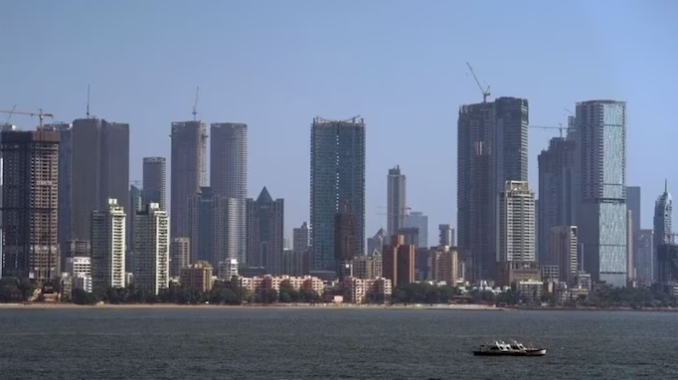Why Mumbai is India’s Most Expensive City (GS Paper 3, Economy)

Introduction
- Mumbai, often referred to as India's financial capital and a cultural melting pot, holds the distinction of being the most expensive city in the country for expatriates, according to Mercer’s 2024 Cost of Living Survey.
- This status is influenced by a combination of factors that contribute to its high cost of living and reflect its dynamic economic and cultural landscape.
Financial and Cultural Hub
- Mumbai's position as India's financial epicenter plays a pivotal role in shaping its high cost of living.
- The city hosts the headquarters of major financial institutions, stock exchanges, and corporate giants, attracting a large concentration of high-income earners.
- This economic activity not only drives up property prices and rental rates but also impacts the cost of goods and services.
- Additionally, Mumbai is the heart of India's vibrant entertainment industry, particularly Bollywood.
- The presence of film studios, production houses, and the related glamour and allure contribute to its cosmopolitan character and add a premium to the cost of living.
Cost Factor Analysis
Personal Care and Utilities
- One of the significant contributors to Mumbai's high living costs is the expense associated with personal care items and utilities.
- The prices for basic necessities like toiletries, personal grooming products, and household utilities such as electricity and water are notably higher compared to other cities in India.
- This is partly due to the city's dense population and the demand-supply dynamics of urban living.
Transportation
- Transportation costs, encompassing expenses related to owning a vehicle, fuel prices, maintenance, and public transportation fares, are another critical factor.
- Mumbai's sprawling geographical layout and congested traffic conditions necessitate efficient transportation infrastructure, which comes at a cost.
- The city's reliance on a comprehensive network of local trains, buses, taxis, and ride-sharing services further amplifies transportation expenses for residents.
Rising Rental Market
- Mumbai has witnessed a steady increase in rental prices over the years, particularly affecting expatriates and affluent residents.
- The demand for residential properties in prime locations, coupled with limited supply and ongoing urban development, has driven up rental rates significantly.
- Reports indicate annual rental increases ranging from 6 to 8 percent, highlighting the challenges faced by those seeking affordable housing in the city.
Mercer’s Survey Insights
- In Mercer’s 2024 Cost of Living Survey, Mumbai consistently emerges as the most expensive city in India, surpassing other metropolitan areas like Delhi, Chennai, Bengaluru, and Hyderabad.
- Delhi, the capital city, has also seen a rise in its ranking to become the 30th most expensive city in Asia, underscoring the broader trend of escalating living costs in major Indian urban centers.
International Comparisons
- On a global scale, Mumbai ranks as the 21st most expensive city in Asia.
- While it maintains high living costs compared to other Indian cities, it remains relatively affordable in comparison to top-tier global cities such as Hong Kong, Singapore, and Zurich, which consistently top the list of the world's most expensive cities.
- This relative affordability in the global context positions Mumbai attractively for multinational corporations and expatriates seeking opportunities in India's burgeoning economy.
Conclusion
- Mumbai's status as India's most expensive city is intricately tied to its role as a financial powerhouse, cultural hub, and gateway to the country's entertainment industry.
- The city's robust economic activity, coupled with its diverse demographic and cultural richness, contributes to its high cost of living.
- Despite the challenges posed by rising expenses, Mumbai continues to allure individuals and businesses alike, affirming its status as a critical driver of India's economic growth and urban development.


